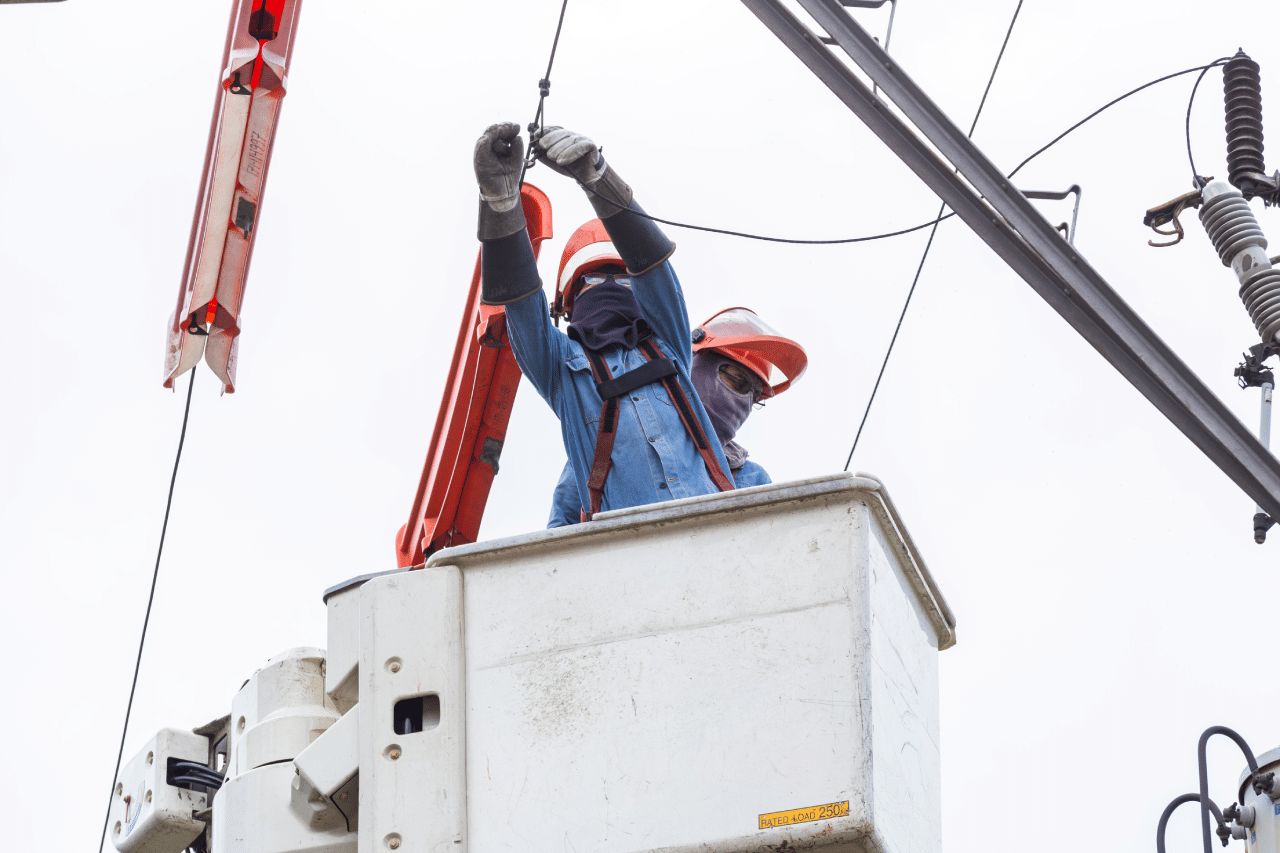No energy shortfall this summer, DOE says

READY 24/7. Meralco workers conduct maintenance operations to ensure reliable electricity service throughout the dry season, especially during the midterm elections.
MANILA, Philippines — The government is confident that the country will have sufficient energy supply for the hotter months amid an anticipated supply boost of 2,500 megawatts (MW) from two plants.
Department of Energy (DOE) Undersecretary Rowena Cristina Guevara said that another gas storage was added for South Premiere Power Corp. (SPPC) and Excellent Energy Resources Inc. (Eeri), increasing their operating capacity from 1,350 MW.
The DOE official also said the only power plants allowed to undergo scheduled shutdowns are those in hydropower since their generation is weak during summer.
“So we’ll be fine for summer. We’re just hoping that other plants will make sure that they won’t have forced outages,” she told reporters on the sidelines of the Asia CEO Renewable Energy Forum on Wednesday.
“You know that’s the reason why we have to delay the planned shutdown of SPPC and Eeri because Sual [power plant] went down two weeks ago, so we have to delay it to the past week,” the official added.
Planned shutdown
SPPC and Eeri underwent a planned shutdown from March 29 to 31 to pave the way for the completion of the country’s first onshore liquefied natural gas (LNG) storage facility.
This was part of the $3.3-billion deal among Meralco PowerGen Corp., Aboitiz Power Corp. and San Miguel Global Power Holdings, as they target to build an integrated LNG facility in Batangas.
Guevara added that the government was not seeing any issuance of additional power supply alerts.
In a yellow alert, the power supply can still meet demand, but it will serve as a warning that when a plant breaks down one way or another, it will result in brownouts.
A red alert, meanwhile, means that supply is no longer sufficient to meet demand. Brownouts could happen if demand is not managed.
READ: Philippines gets $800-M World Bank loan for energy transition
